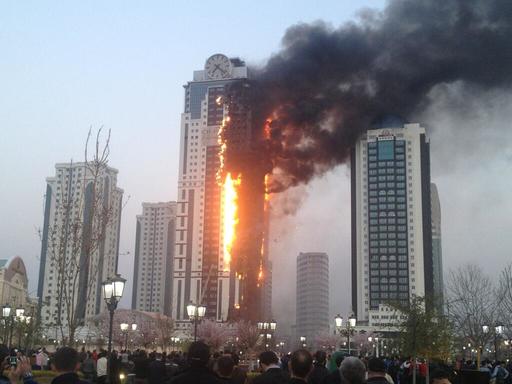FIRE ALARM SYSTEMS 2-LIMITATIONS
There is no one-size-fits-all in fire alarm system. If a building owner expects that installing only what the building code requires, will detect any fire at every remote part of the building, that simply in not going to happen. Furthermore, there are many building owners that expect that the fire alarm system can detect a fire even before smoke appears.
Fire Alarm System operation and effectiveness is limited by the capabilities of equipment selected and constrains of building construction and configuration.

The main factor that affects a Fire Alarm System is Fire Signature and its effects on the detection of fire. Fire signature accounts for all changes introduced in the surroundings by a fire from the very beginning of its initiation. Fire Signatures includes Aerosols, Energy Release, Gases and Oxygen Depletion, each of then impose conditions on sensors elements ability of detecting fire related phenomena.
Aerosols Signatures are solid and liquid particles suspended on air. Aerosol generated by fire is what we call smoke (Smoke Signature). When particle size is smaller than 0.3 micrometers we called invisible smoke, while for particles larger than 0.3 micrometers are usually called visible smoke due its ability to scatter light. Particle size depends on combustible material, beside factors as temperature and airflow are critical for smoke detectors given that smoke has to reach the sensor elements that are generally located on ceilings. Full-scale test results indicate that smoldering fires produce more large particles than flaming fires and that particle size seems to affect the detection method.
Energy Release Signatures are represented by Infrared (IR) and Ultraviolet (UV) radiation present in fires, in fact are the most easy and early to detect. Wavelength of water vapor and carbon dioxide CO2 account for nearly all the energy radiated in a fire within IR region. While hydroxal (OH) and carbon monoxide (CO) release UV emissions. Those are the common components present in fires, optical detection methods have been developed based on sensing frequencies intensity and its modulation (flickering). Generally speaking, this sensing methods are prone to interferences due man-made noise sources like heating, lighting and welding apparatus.
Gas Signatures are the changes in the gas content of the atmosphere as a fire evolves. Many gases have been found in test results, H2O, CO, CO2, HCl, HCN, HF, H2S, NH3 and NO2. Among these, carbon monoxide (CO) has been found in nearly all fires, that makes it an appealing candidate for use for fire/smoke detection. There are smoke detectors that use CO in conjunction with particulates as the basis of multimode detection, which can discriminate common false alarm sources such as cooking.
Heat, smoke and radiated energy are the three parameters typically sensed by fire detectors. A clear understanding of generation and transport of each parameter is required for an optimum detector application.
Fire Alarm System is a mean to an end, and this end is to meet previous agreed protection goals. Fire Protection Goals include Building Code Compliance, Life Safety, Property Protection, Business Continuity, Heritage Preservation and Environmental Protection. These are the basis of a Fire Alarm System design and operation. If the owner of the building decide not to establish any fire protection goals, then by default he accepts those in the building and life safety codes.
References
-A. Scheidweiler, “New Research in Fire Detection Technology”